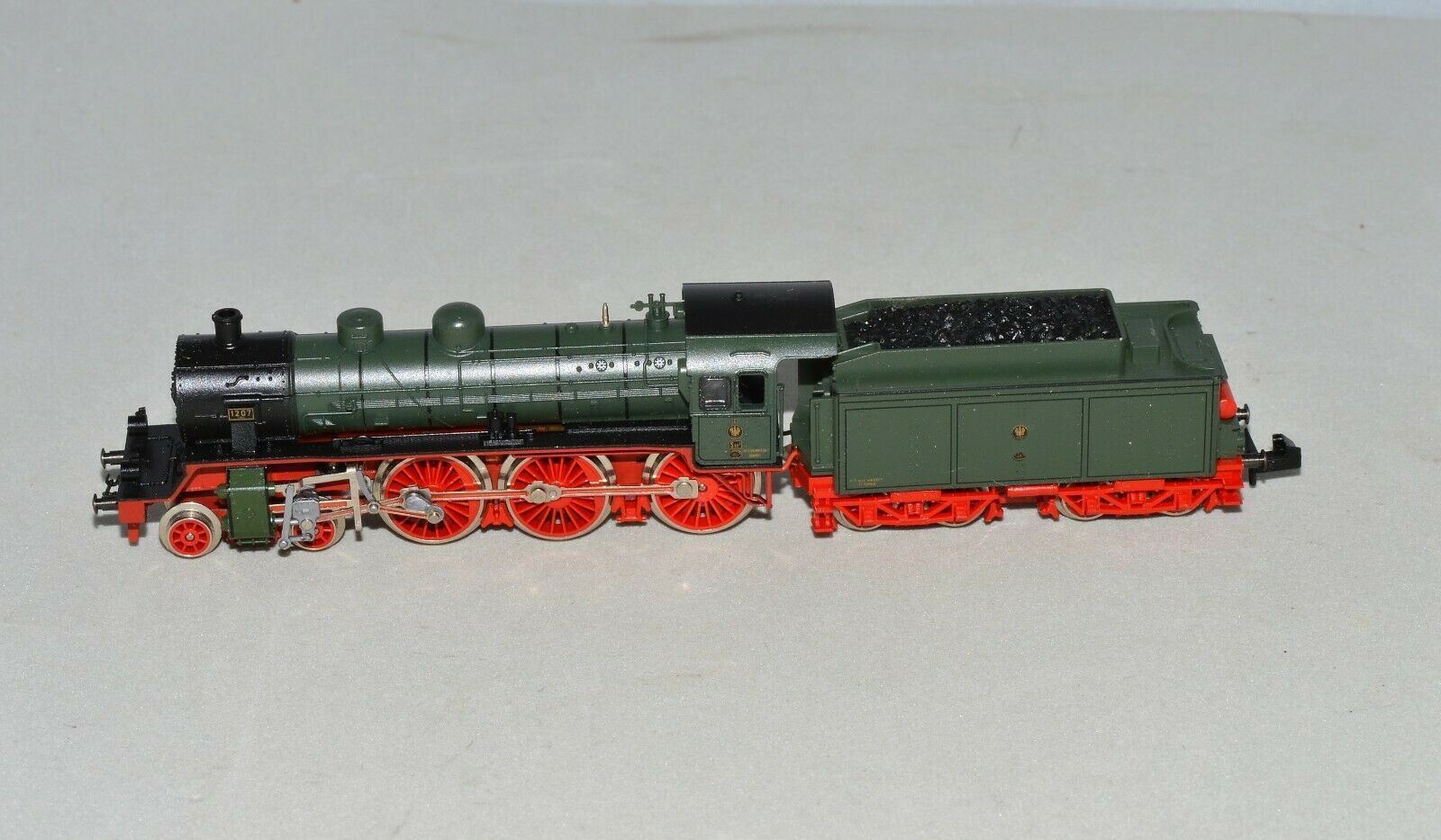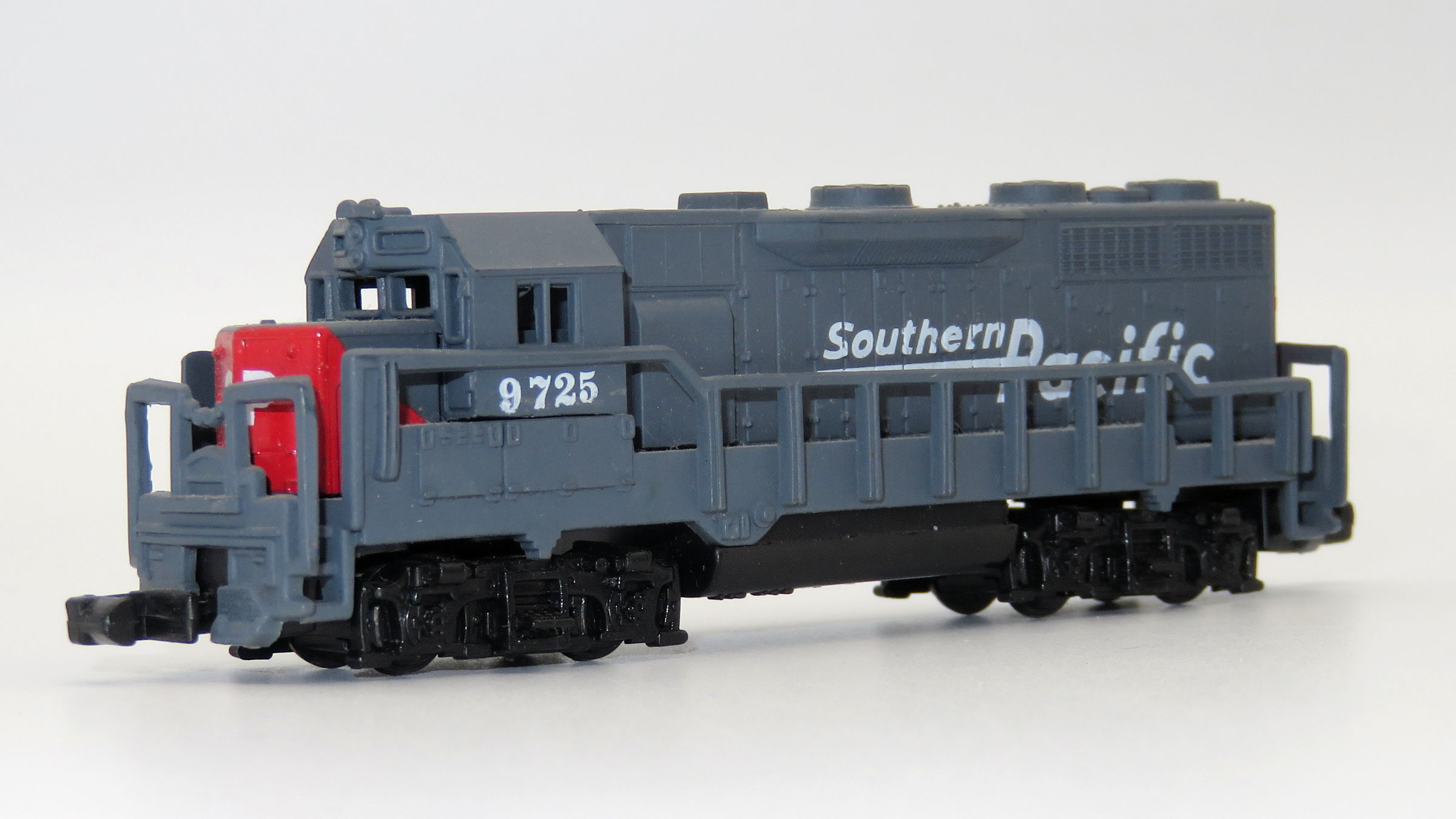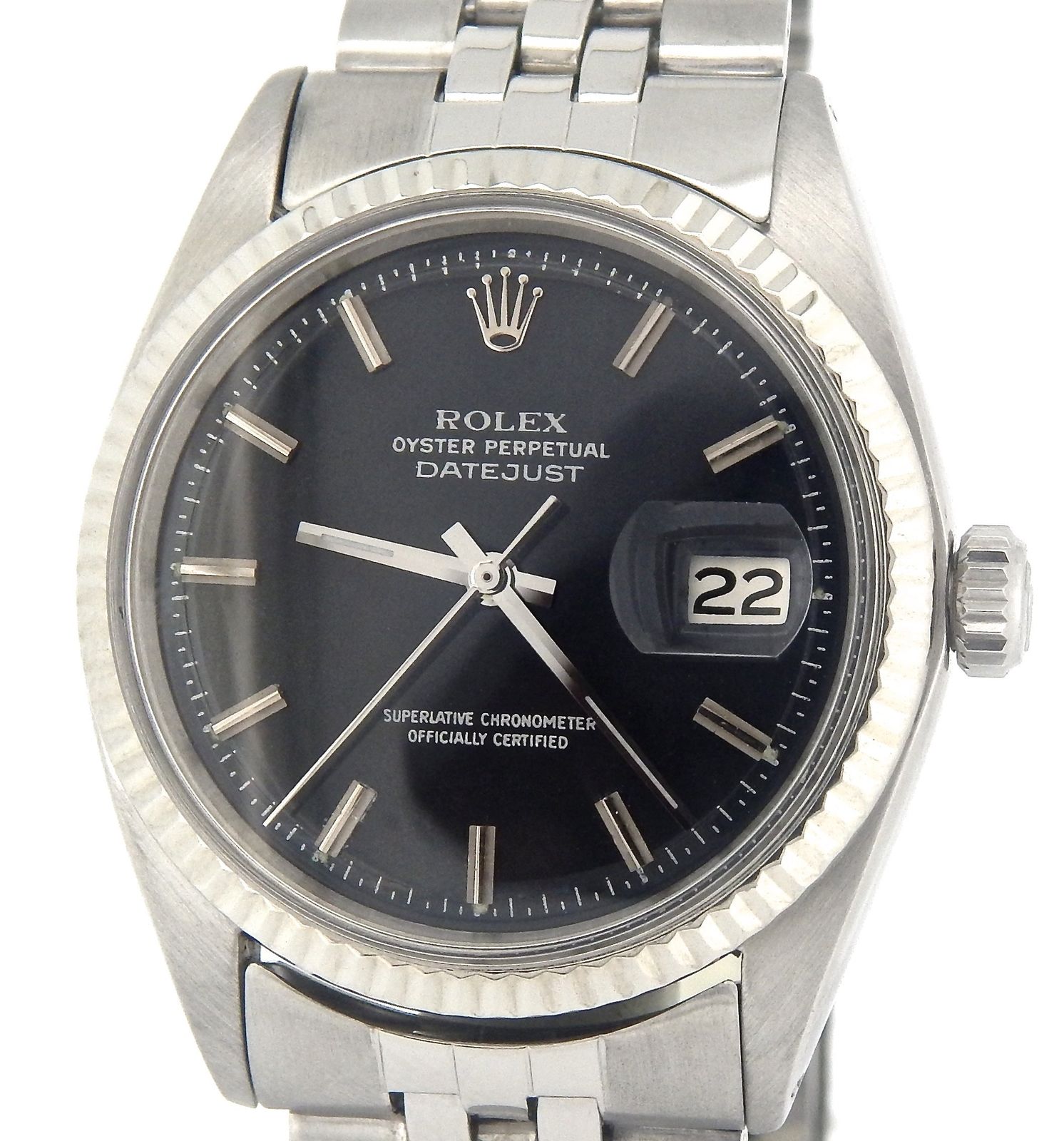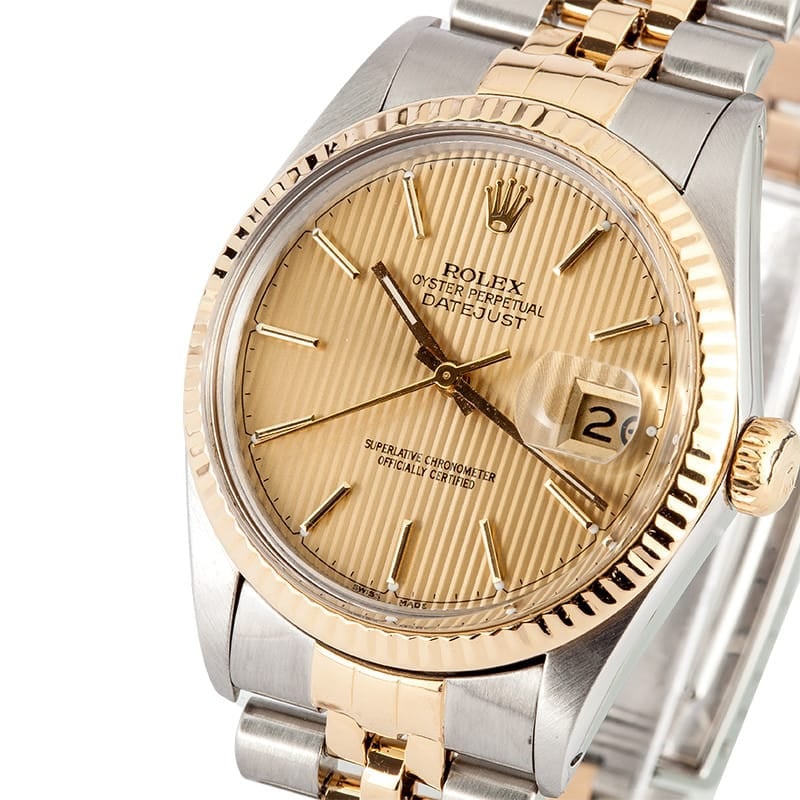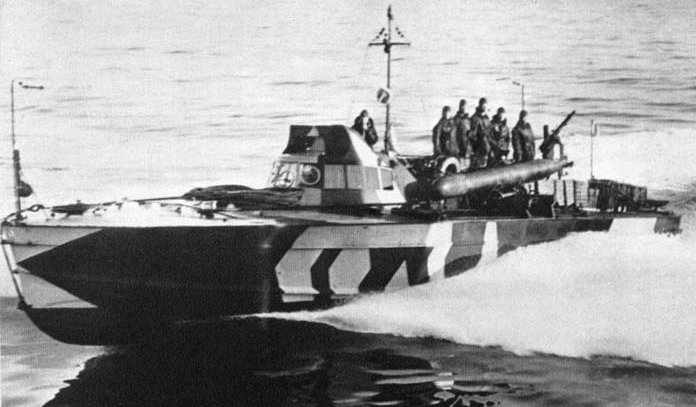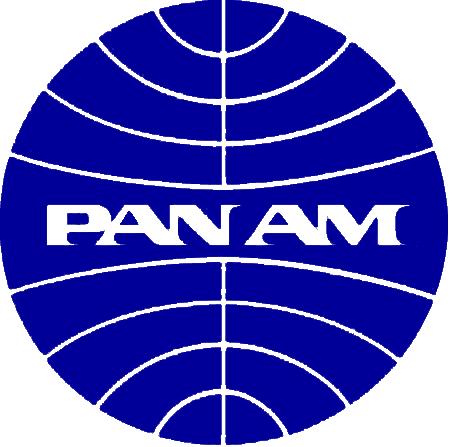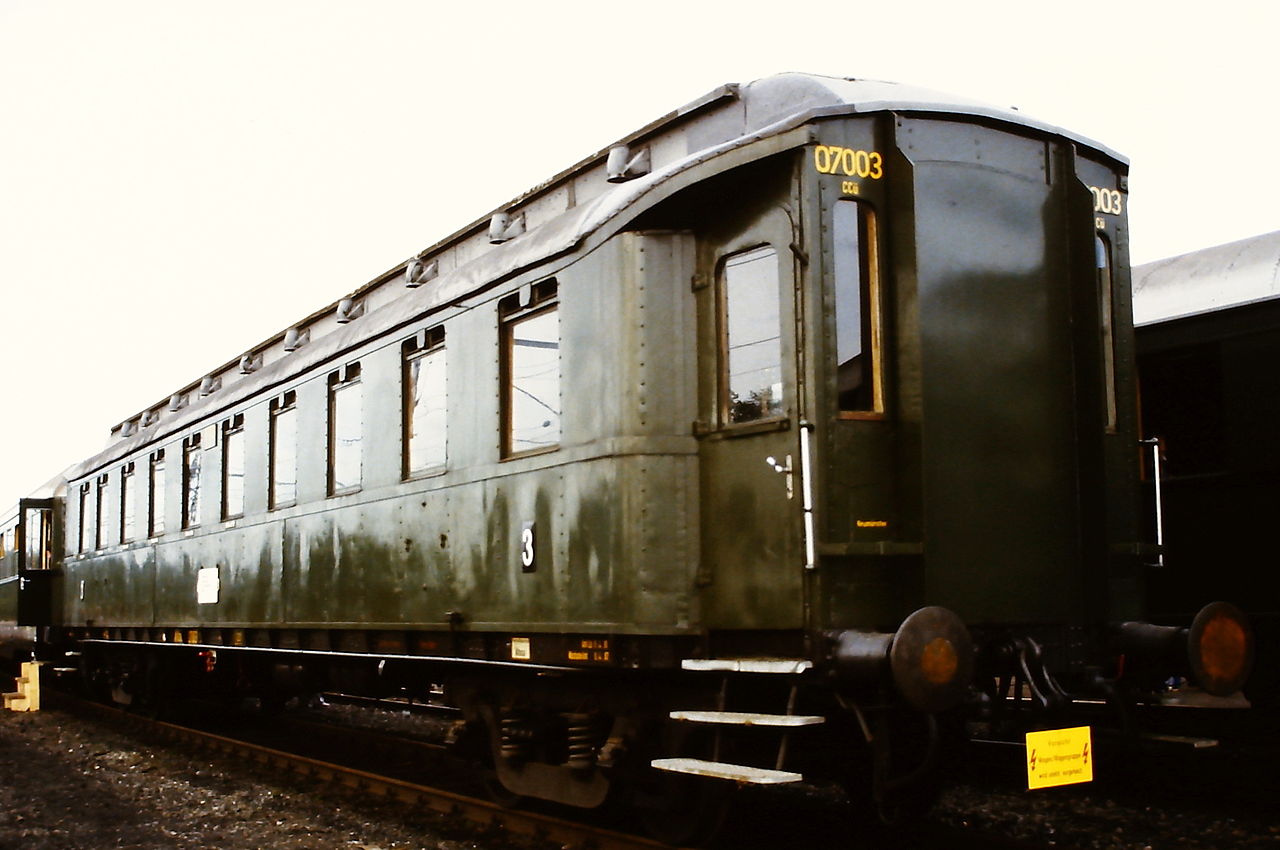Minitrix - 1017 - Passenger Car, Europe, Epoch II - Compagnie Internationale des Wagons-Lits
Click to see the details
history
| Stock Number | 1017 |
| Brand | Minitrix |
| Manufacturer | Minitrix |
| Body Style | Minitrix Train Set Europe |
| Prototype Vehicle | Passenger Car, Europe, Epoch II (Details) |
| Road or Company Name | Compagnie Internationale des Wagons-Lits (Details) |
| Paint Color(s) | Black, Red and White |
| Coupler Type | Other |
| Wheel Type | Nickel-Silver Plated Metal |
| Wheel Profile | Deep Flange |
| Multipack | Yes |
| Multipack Count | 6 |
| Item Category | Passenger Trains |
| Model Type | Steam |
| Model Subtype | 4-6-0 |
| Model Variety | 5-Unit |
| Prototype Region | Europe |
| Prototype Era | EU Epoch II (1920 - 1945) |
| Scale | 1/160 |
Specific Item Information:
Orient Express.
Prototype History:
Epoch II contains the period from around 1920 until the end of the second world war in 1945. This era is called the Reichsbahnzeit, it was the era of the Deutsche Reichsbahn Gesellschaft (DRG). It was the era of large steam engines, the first electrified mainlines and the first diesel locomotives and diesel powered trainsets.
The agreement of Versailles forced Germany to undertook the whole blame of the break out of the first world war. This agreement demanded high recovery payments from Germany. Germany had to handed over many territories and railway rolling stock to the victors. Besides these payments there was the crisis of the worldeconomy in the thirties. The inflation of the German Mark was very high.
The agreement of Versailles forced Germany to undertook the whole blame of the break out of the first world war. This agreement demanded high recovery payments from Germany. Germany had to handed over many territories and railway rolling stock to the victors. Besides these payments there was the crisis of the worldeconomy in the thirties. The inflation of the German Mark was very high.
Road Name History:
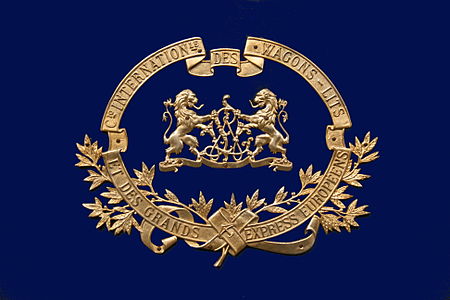 Compagnie Internationale des Wagons-Lits (English: International Sleeping-Car Company), also CIWL, Compagnie des Wagons-Lits, or just Wagons-Lits, is an international hotel and travel logistics company, particularly known for its on-train catering and sleeping car services, as well as being the historical operator of the Orient Express.
Compagnie Internationale des Wagons-Lits (English: International Sleeping-Car Company), also CIWL, Compagnie des Wagons-Lits, or just Wagons-Lits, is an international hotel and travel logistics company, particularly known for its on-train catering and sleeping car services, as well as being the historical operator of the Orient Express.
The Orient Express was a showcase of luxury and comfort at a time when travelling was still rough and dangerous. CIWL soon developed a dense network of luxury trains all over Europe, whose names are still remembered today and associated to the art of luxury travel. Such as the Blue Train ("Train Bleu"), the Golden Arrow ("Flèche d'Or"), North Express ("Étoile du Nord") and many more. CIWL became the first and most important modern multinational dedicated to transport, travel agency, hospitality with activities spreading from Europe to Asia and Africa.
Now part of the French Newrest group, Compagnie Internationale des Wagons-Lits (et des grands express européens) (English: The International Sleeping-Car (and European Great Expresses) Company) was founded by Georges Nagelmackers during 1872, in Belgium. CIWL quickly established itself as the premier provider and operator of European railway sleepers and dining cars during the late 19th and the 20th centuries.
The holding company, CIWLT, is a fully owned subsidiary of the Accor Group, the historical brands were transferred to Wagons-Lits Diffusion in 1996.
From Wikipedia

The Orient Express was a showcase of luxury and comfort at a time when travelling was still rough and dangerous. CIWL soon developed a dense network of luxury trains all over Europe, whose names are still remembered today and associated to the art of luxury travel. Such as the Blue Train ("Train Bleu"), the Golden Arrow ("Flèche d'Or"), North Express ("Étoile du Nord") and many more. CIWL became the first and most important modern multinational dedicated to transport, travel agency, hospitality with activities spreading from Europe to Asia and Africa.
Now part of the French Newrest group, Compagnie Internationale des Wagons-Lits (et des grands express européens) (English: The International Sleeping-Car (and European Great Expresses) Company) was founded by Georges Nagelmackers during 1872, in Belgium. CIWL quickly established itself as the premier provider and operator of European railway sleepers and dining cars during the late 19th and the 20th centuries.
The holding company, CIWLT, is a fully owned subsidiary of the Accor Group, the historical brands were transferred to Wagons-Lits Diffusion in 1996.
From Wikipedia
Brand/Importer Information:
Trix is a German company that originally made Trix metal construction sets. one of its co-founders was Stephan Bing, the son of the pioneer toy-maker industrialist Ignaz Bing. In 1935 the company began producing the electrically powered model trains that it became famous for, under the Trix Express label. Prior to the outbreak of World War II the Trix company produced a small range of fairly unrealistic AC powered three rail models running at 14 volts.
N gauge models under the Minitrix brand were made from the late 1960s mostly of European prototypes (German and British primarily). North American prototypes were also manufactured and marketed under the Aurora "Postage Stamp" brand; later these items were sold under the American Tortoise, Model Power and Con-Cor brands. Trix sometimes utilized North American consultants to aid in the design of this portion of the product line. The "Hornby Minitrix' brand was used in the 1980s for a short lived range of British outline models using the earlier product tooling.
Trix's owner in the 1980s and 1990s was Mangold, which went bankrupt in the late 1990s and Märklin purchased the assets in January 1997. In part, this purchase was a reflection of Märklin's need for added production capacity; Trix had been manufacturing certain items for Märklin in previous years. The purchase was also in response to the earlier purchase of the Karl Arnold company by the Italian company Rivarossi; Märklin were very keen to take over Trix market share in 2-rail H0 and especially Minitrix, until then Märklin had not marketed N gauge models. In 2003, Märklin introduced its first N gauge models under the well established Minitrix brand. A number Märklin H0 scale three-rail AC locomotives have also been introduced in two-rail DC versions under the Trix logo and many models are shared between the two brands.
From Wikipedia
N gauge models under the Minitrix brand were made from the late 1960s mostly of European prototypes (German and British primarily). North American prototypes were also manufactured and marketed under the Aurora "Postage Stamp" brand; later these items were sold under the American Tortoise, Model Power and Con-Cor brands. Trix sometimes utilized North American consultants to aid in the design of this portion of the product line. The "Hornby Minitrix' brand was used in the 1980s for a short lived range of British outline models using the earlier product tooling.
Trix's owner in the 1980s and 1990s was Mangold, which went bankrupt in the late 1990s and Märklin purchased the assets in January 1997. In part, this purchase was a reflection of Märklin's need for added production capacity; Trix had been manufacturing certain items for Märklin in previous years. The purchase was also in response to the earlier purchase of the Karl Arnold company by the Italian company Rivarossi; Märklin were very keen to take over Trix market share in 2-rail H0 and especially Minitrix, until then Märklin had not marketed N gauge models. In 2003, Märklin introduced its first N gauge models under the well established Minitrix brand. A number Märklin H0 scale three-rail AC locomotives have also been introduced in two-rail DC versions under the Trix logo and many models are shared between the two brands.
From Wikipedia
Item created by: gdm
on 2018-01-15 08:49:49
Last edited by: gdm on 2020-05-10 21:14:37
If you see errors or missing data in this entry, please feel free to log in and edit it. Anyone with a Gmail account can log in instantly.
Last edited by: gdm on 2020-05-10 21:14:37
If you see errors or missing data in this entry, please feel free to log in and edit it. Anyone with a Gmail account can log in instantly.



